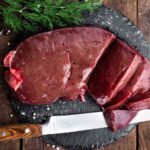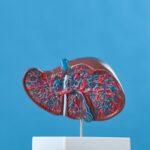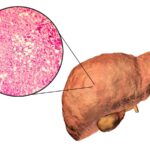An overactive thyroid gland in cats, called hyperthyroidism, is one of the most common endocrine diseases in cats, especially older cats. What is hyperthyroidism, how to recognize its symptoms, what are the treatment options, and how to properly adjust the diet to support the health of a cat with this condition?
What is hyperthyroidism in cats?
Hyperthyroidism is an endocrine disorder in which the thyroid gland produces excessive amounts of the hormones thyroxine (T4) and triiodothyronine (T3). The disease primarily affects older cats, and its incidence has increased in recent decades, making it one of the most commonly diagnosed endocrine disorders in these animals. Unfortunately, it is also observed that younger cats can suffer from hyperthyroidism.
The thyroid is a small gland in the neck of a cat that plays a key role in regulating metabolism. Thyroid hormones are like the body’s “energy managers” – they affect metabolic rate, body temperature, heart rate, nervous system, and digestive processes. They help the cat’s body maintain a balance between energy intake and energy expenditure.
When the gland is functioning properly, all metabolic processes run harmoniously. However, in hyperthyroidism, the gland begins to work too hard and upsets the metabolic balance. It’s like a car engine running at high speed – the body uses more energy than it can effectively manage, leading to serious health consequences.
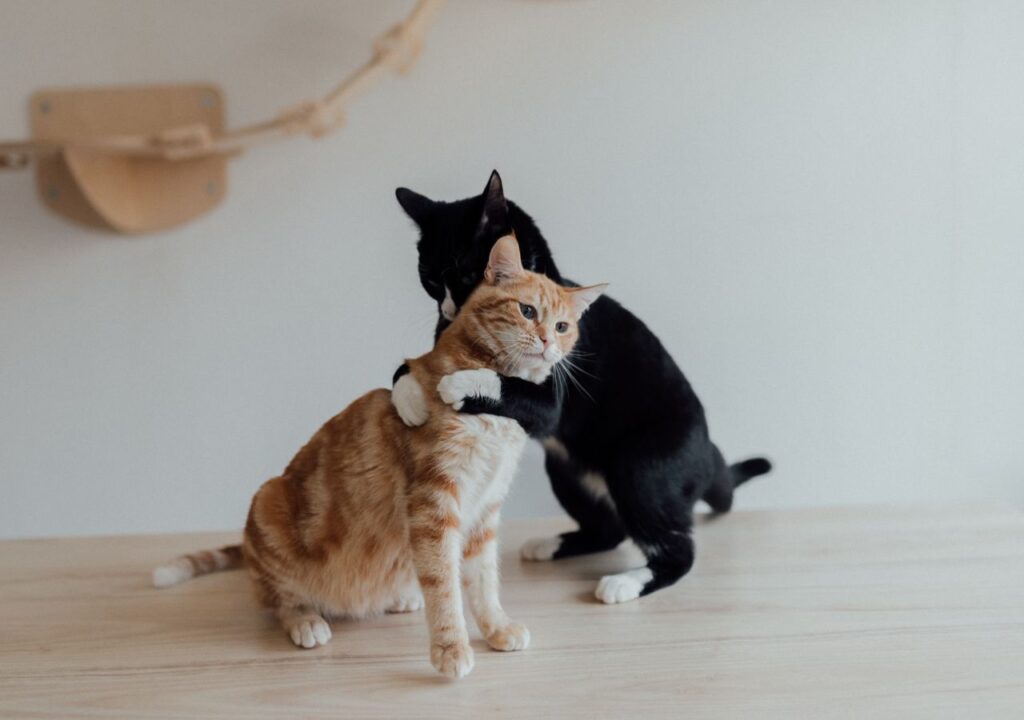
An overactive thyroid in a cat – symptoms.
Hyperthyroidism affects almost the entire body of a cat, so symptoms can be varied and not always obvious at first glance. Here are the most common signs that pet caregivers should look for:
Weight loss despite increased appetite
This is one of the most characteristic symptoms of hyperthyroidism. Cats with this condition may eat with an increased appetite and even be hungrier than usual, but still lose weight consistently.
Hyperactivity and behavioral changes
Cats with hyperthyroidism often become more active, restless, and overstimulated. They may be more “rambunctious,” demanding attention, and their energy levels can sometimes be exhausting for guardians.
Hair and skin problems
Thyroid hormones affect the quality and growth cycle of the coat, so cats with hyperthyroidism often have a dull, thinning coat that may fall out excessively. The skin may be thinner and more prone to irritation, and sometimes inflammation or small sores may appear.
Other symptoms to watch for
- Pacing and shortness of breath – Excess thyroid hormones put a strain on the heart and circulatory system, which can cause a rapid heartbeat or shortness of breath, even with little exertion.
- Vomiting and diarrhea – Changes in metabolism can cause gastrointestinal upset, manifested by frequent episodes of vomiting or loose stools.
- Increased thirst and urination – this may be due to the hyperthyroidism itself or to comorbidities such as kidney disease that are common in older cats.
- Muscle weakness – despite excess energy, cats with hyperthyroidism may feel weak and have difficulty moving, especially in advanced stages of the disease.
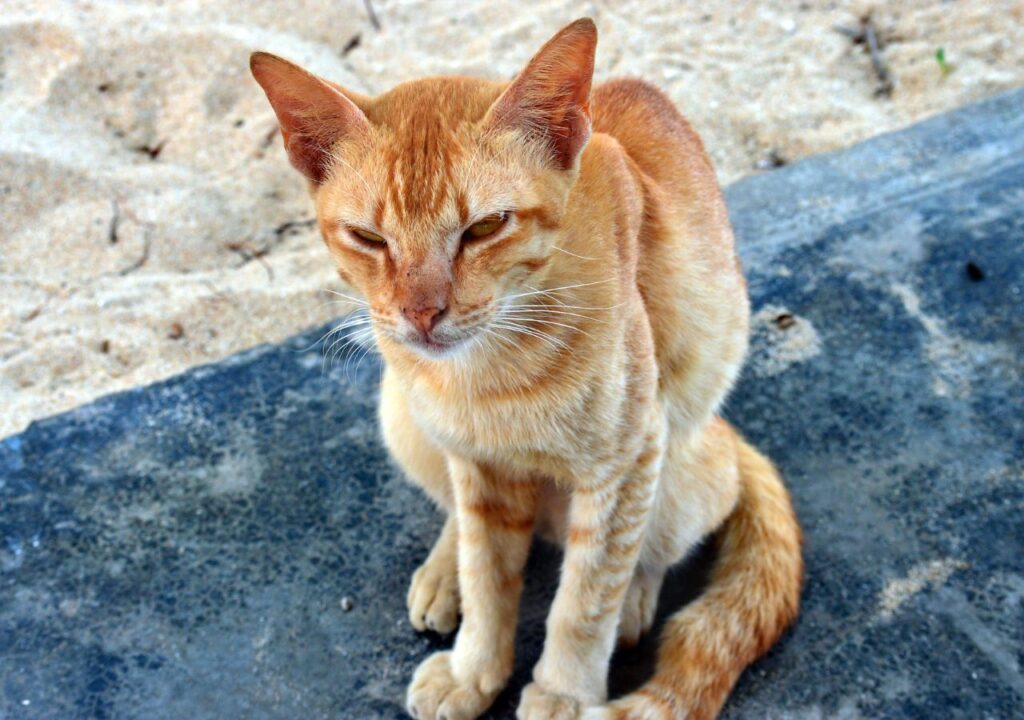
Treatment of hyperthyroidism in cats.
Treating hyperthyroidism in a cat requires an individualized approach based on the animal’s health, age, comorbidities, and groomer preferences. Today, there are several treatment options available to veterinarians:
- Medications for feline hyperthyroidism – Drugs such as methimazole or carbimazole inhibit the production of thyroid hormones and help restore normal levels in the blood.
- Radioactive iodine therapy – This therapy involves administering an isotope of iodine-131 to the cat, which selectively destroys overactive thyroid tissue without damaging healthy tissue.
- Surgery (thyroidectomy) – Involves surgical removal of the overactive lobe of the thyroid gland, or both lobes if lesions are bilateral.
Hyperthyroidism in a Cat – Diet
Feeding a cat with hyperthyroidism is a key element in supporting treatment. Proper nutrition not only helps reduce the symptoms of the disease, but also supports the overall health of the body during treatment. Proper nutrition can also speed up the process of reducing the doses of medications used.
Why is diet important?
Thyroid hormones are made with iodine, so the amount of iodine in the diet has a direct effect on the course of the disease. Restricting iodine intake can reduce excessive glandular activity, help with drug treatment, or help control symptoms when other methods fail. Two types of diets are best:
BARF (raw) diet
Based on raw meat, offal, and supplementation, it can be adjusted for low iodine levels. However, BARF requires careful balancing of ingredients to avoid deficiencies in other important nutrients.
Cooked meat and offal with supplementation is an equally effective option, especially for cats that cannot tolerate raw food. You can easily control iodine levels by choosing the right ingredients.
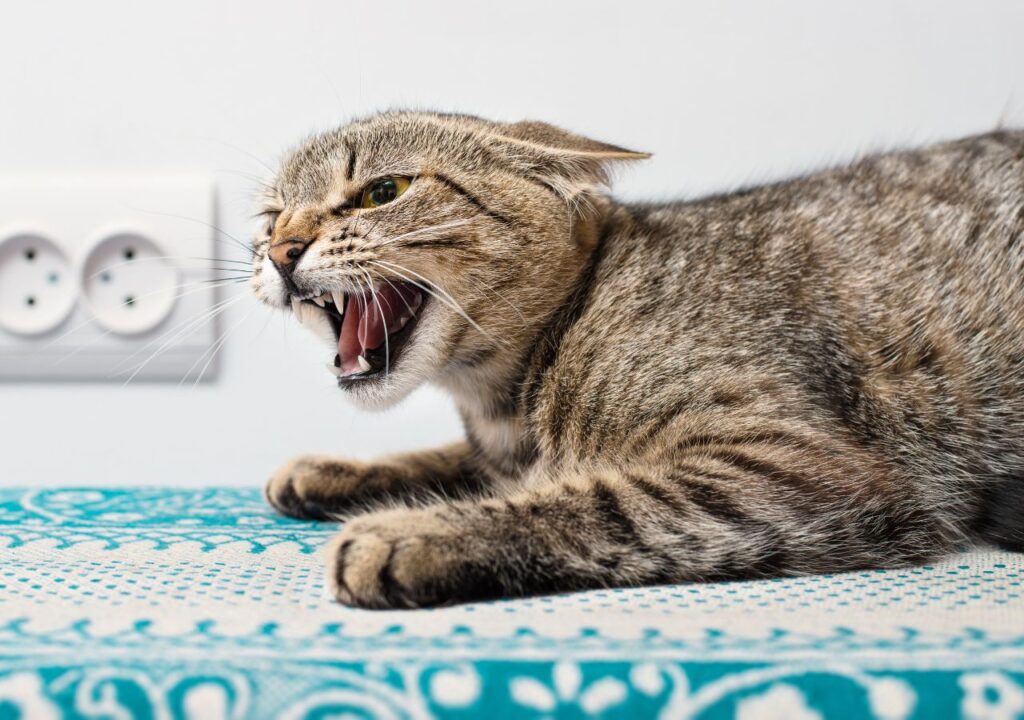
The right level of iodine in the diet
An important part of the diet is to limit the supply of iodine, which is mainly found in fish, seafood, iodized salt, or premixes used in commercial diets. When choosing food ingredients, it is advisable to avoid those rich in iodine and to base the diet on products low in this element.
How should the diet be adjusted according to the test results?
The diet for hyperthyroidism should be tailored to the individual needs of the cat based on the results of the tests performed by the veterinarian.
- If thyroid hormone levels are very high, the diet may require more iodine restriction.
- In the case of co-morbidities such as kidney disease, special requirements such as lower levels of phosphorus or protein in the diet may need to be considered.
- Regular monitoring of test results allows dietary adjustments to be made on an ongoing basis to support treatment and prevent relapse.


